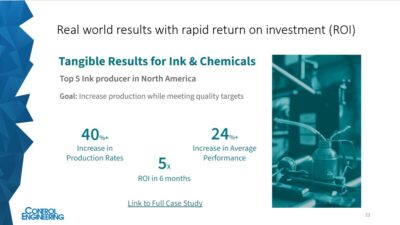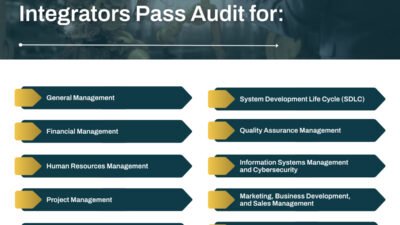As a system integrator I suppose I should love relay ladder logic. It lets me write long strings of code with no apparent structure which only I can maintain and extend. There is no greater sense of job security than knowing that clients must call me back in any time something goes wrong with the code.
As a system integrator I suppose I should love relay ladder logic. It lets me write long strings of code with no apparent structure which only I can maintain and extend. There is no greater sense of job security than knowing that clients must call me back in any time something goes wrong with the code.
The IEC 1131 standard, Part 3, may give those clients an alternative. Groupe Schneider (North Andover, Mass.), parent company of Telemecanique, Square D, and Modicon, now offers a programming package which adheres to the intent and detail of that standard. The package is called Concept, and it brings all five IEC 1131 dialects to the Quantum line of PLCs.
A Concept program is structured in “sections” according to language type. A user can still do everything in one language, in one large section, and live with the difficulty of debugging and maintaining such a thing. With this type of product, though, the control program can be broken down into sections of appropriate language types to match the major control functions in the process.
A structured text section can deal with massive data or numerical analysis, Function Block Diagram (FBD) sections can handle continuous control strategies, and complex logic decisions are left for ladder diagrams. Sequential Function Chart (SFC) is there for batch supervision, and for machine-level thinkers there is Instruction List . There is a separate configuration dialogue to set the execution order of those sections when the application is running.
In the SFC editors, I looked for some way to write simple decision code directly in the chart objects, but in Concept the SFC steps and transitions can act on and reference individual Booleans only. Action code to process those Booleans must be written in a separate section; care must be taken to use sensible, traceable tag name conventions.
The FBD editor is a fairly intuitive graphical design tool. Advanced analog control blocks such as filters, lead/lag compensators, and several forms of the PID algorithm are available in an optional extended function block library. Some blocks have an intimidating number of options to configure, but on-line help reveals the math, dynamics, and intent behind the options if you take the time to read it.
Concept’s designers apparently devoted a lot of thought to the idea of hiding complexity: the ability to write a complex, detailed function, encapsulate it in block form, and then reuse it freely without constantly having to think about the insides of the “box.” They provide a separate development environment for building those Derived Function Blocks (DFBs) . The DFB tool works and feels like the full program development environment, but its output is a neatly packaged user-defined function block. DFBs can then be used in a program just like factory library blocks.
Complexity in plant data can be managed by way of derived data types. Complex data arrays of mixed types can be bundled together under a single structure name. This is a good way to deal with complex recipes, report information, or standardize the data interface to a drive or motion controller.
Concept runs under Microsoft Windows 3.11 or Windows 95. It requires at least an 80386 processor with 4 MB of RAM, 15 to 30 MB of available hard disk space, a 1.44 MB floppy and, optionally, a CD-ROM drive. A VGA or better display is required. Connection to the Quantum PLC can be by way of a serial port or Modbus Plus adapter card.
For more information on Concept, visit www.controleng.com/info .
Author Information
Consulting Editor, Jay R. Jeffreys, P.E. is senior systems engineer at Industrial Systems Design, Johnson City, Tenn.



